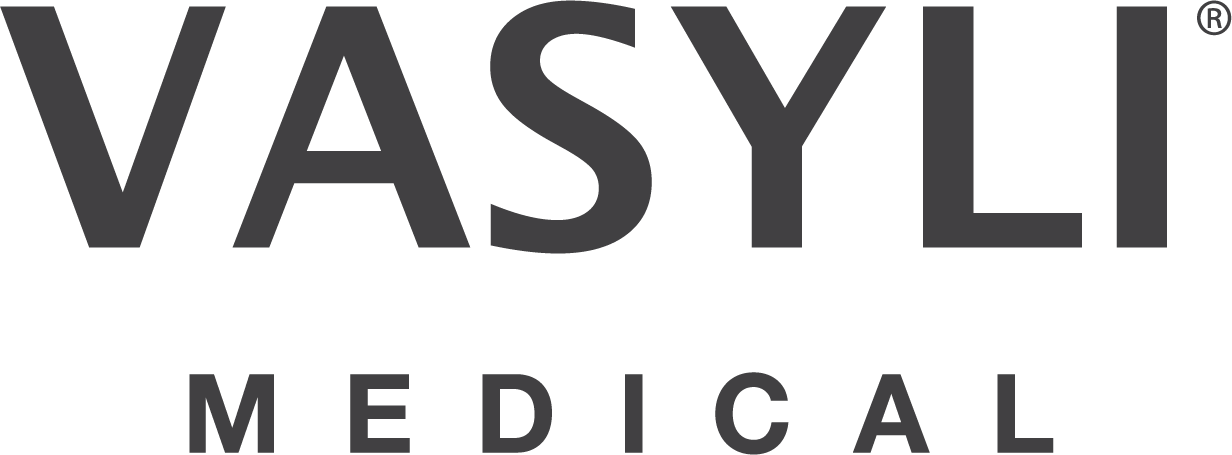RESEARCH
PEDIATRIC COMPLAINTS
SEVER'S DISEASE / CALCANEAL APOPHYSITIS
(PEDIATRIC HEEL PAIN)
Inflammation and pain at the back of the heel bone in children is often caused by disruption of the growth plates (Sever's disease or calcaneal apophysitis).
SYMPTOMS
This condition is common in children between the ages of 8 and 14, particularly during or after sporting activities.
BIOMECHANICAL ETIOLOGY
Between ages 8 and 14, children's bones have not ossified. High activity may disrupt the growth plates, causing inflammation and pain.
TREATMENT
Orthotic treatment controls excess pronation of the foot, which stabilizes the heel bone and its growth plate.
EXERCISES
Calf stretches
PEDIATRIC LEG PAINS (GROWING PAINS)
Pediatric leg pains are a complex condition, but are commonly found in children after periods of activity.
SYMPTOMS
Children commonly exhibit pain and stiffness in the calf muscles. They may awake during the night complaining of leg pains.
BIOMECHANICAL ETIOLOGY
Children's bone structures are generally more flexible and mobile than adults’. Therefore, high activity on their feet commonly causes the muscles to overwork and may later cause muscle stiffness and pain.
TREATMENT
Softer orthotics like Vionic Relief (or VASYLI custom green orthotics) gently stabilize the bones and soft tissue structures in children's feet and lower leg structures. Orthotics assist in the alignment of growing bones and greatly reduce muscle overuse and strain.
ADDITIONAL TREATMENT
Often growing pains respond well to massage.
EXERCISES
Calf stretches
OSGOOD-SCHLATTER DISEASE
(PEDIATRIC KNEE PAIN)
Osgood-Schlatter disease has a similar mechanism as Sever's disease, but it occurs at the tibial tuberosity.
SYMPTOMS
Pain occurs below the knee.
BIOMECHANICAL ETIOLOGY
Excess internal tibial rotation associated with excess pronation causes abnormal tractional forces on the insertion of the patella tendon. This may disrupt the tibial growth plate, causing secondary swelling and pain.
TREATMENT
Orthotics control excessive internal rotation of the tibia, thereby reducing tractional forces placed on the knee joint and growth plate.
ADDITIONAL TREATMENT
Ice therapy
Rest
